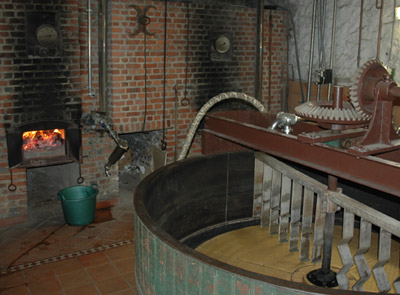A couple of months back I wrote about how our beer drinking experiences may improve as we develop a better vocabulary to discuss what we are tasting.
A paper delivered by a wine expert last month shows it is never that simple.
Decanter reports:
Clues to understanding why we all perceive wines differently were unveiled by an American scientist at the Masters of Wine Symposium in Napa.
Speaking at the June gathering of MWs, which takes place every four years, Dr Charles Wysocki, of the Monell Chemical Senses Center in Philadelphia, an organisation devoted to taste and smell, said wine is “tasted” principally by smell.
Humans have only a few hundred stimuli for taste, but can distinguish thousands of different smells. Wine aromas, however, are not the same for everyone and quite possibly as unique to each individual as a fingerprint.
No surprise that context turns out to be very important. For instance, you may forever react to a particular aroma based upon your experiences the first time you smelled it.
You may also form an opinion based on how it is presented.
Wysocki also demonstrated, using an audience of wine professionals from around the world, that putting the same aroma in differently labelled bottles produced radically different perceptions.
If a pungent, mouldy cheese-like aroma was labelled “food,” the audience tended to rate it as pleasant. If it was labelled “body,” it was considered unattractive.
But back to to aroma/taste and how it might fit in with previous experiences. Donavan Hall touched on this in writing about the character of Orval, which changes over time.
One of my friends described it as “wet saddle blanket,” but I have to say I have no idea what these people are talking about. I grew up on a working farm. I had a horse for a pet. I know what horse and leather smells like. I had my nose in my fair share of wet saddle blankets and Orval reminds me of none of the experiences.
Personally, Michael Jackson’s use of “hop sack” (he also included “fresh leather”) in describing Orval left the aroma of that beer and the term hop sack so closely connected in my mind that if you said “hop sack” I would imagine the aroma of Orval first. If you handed me wet burlap that once held a bail of hops and it smelled different I would think, “This is not what hop sack should smell like.”
